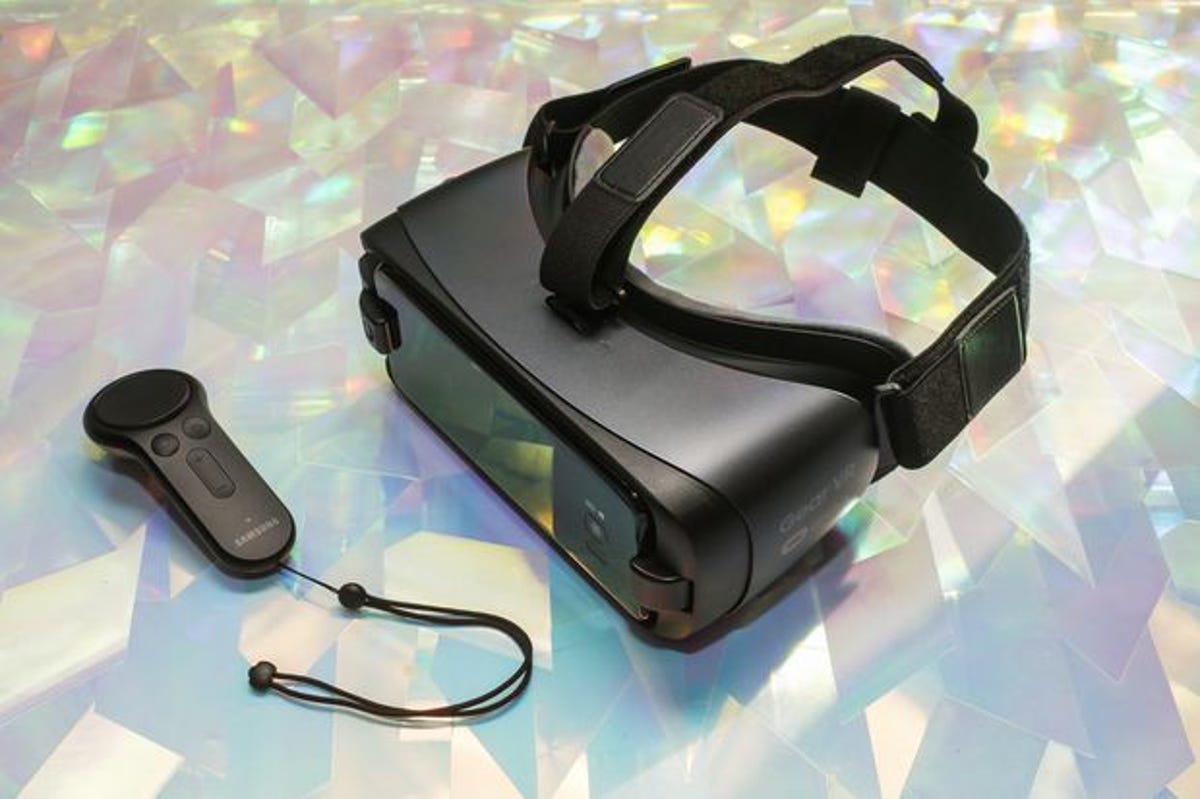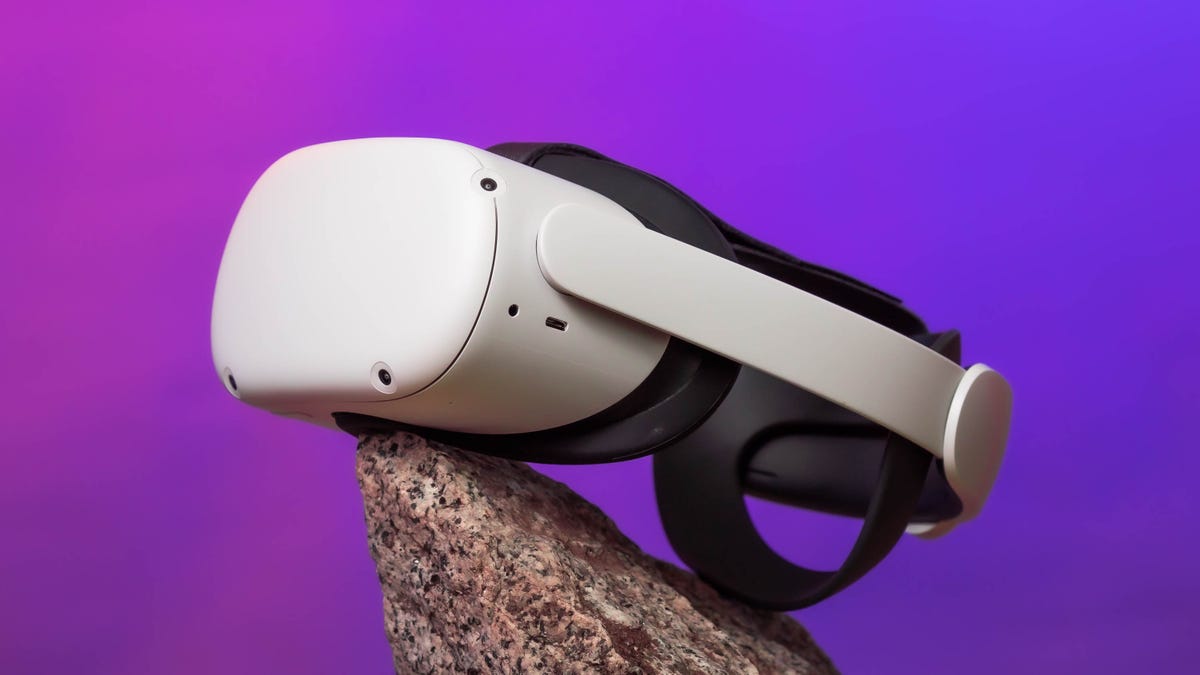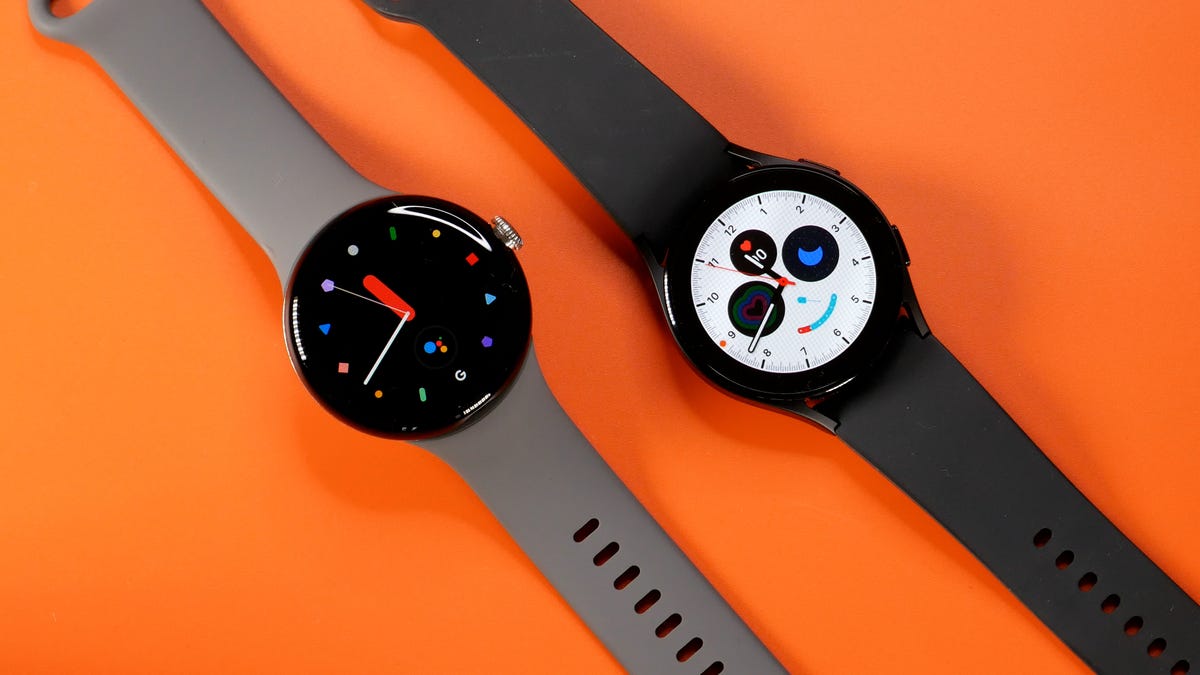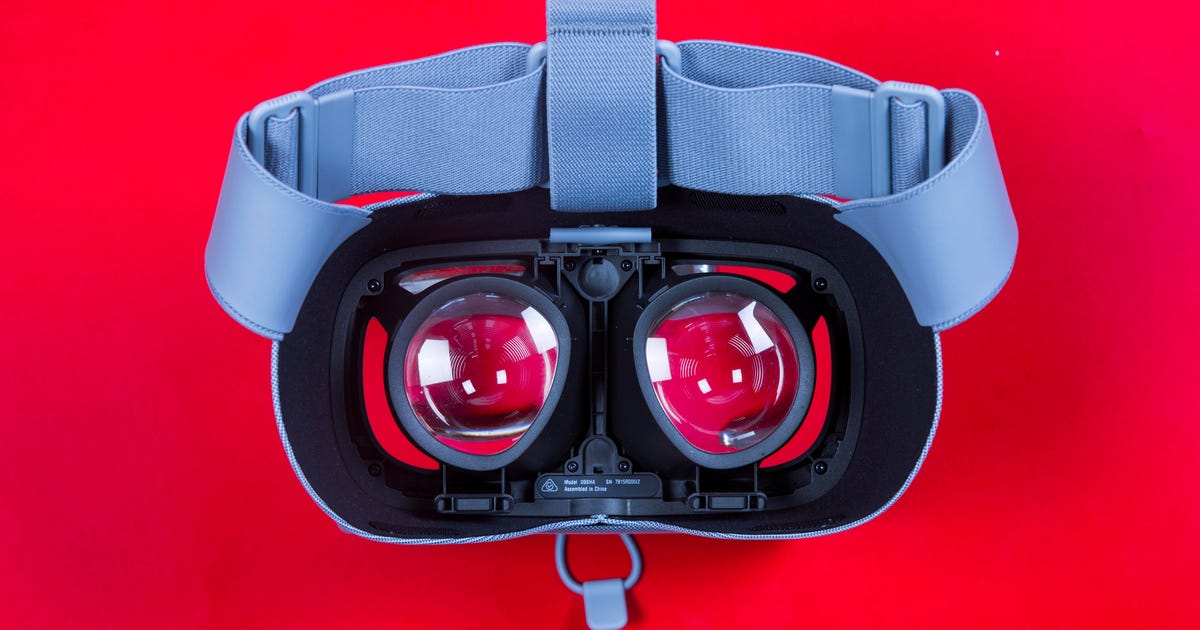This story is part of Samsung Event, CNET’s collection of news, tips and advice around Samsung’s most popular products.
At the Galaxy S23 launch Wednesday, Samsung also announced an out-of-the-blue partnership with Qualcomm and Google on new XR technology, an umbrella term for the intersection of AR, VR and mixed reality, or MR.
In a year that will see a new PlayStation VR headset, a new HTC Vive VR headset, a new Meta VR headset and likely a first-ever Apple VR headset, how will this Samsung product (or products) end up changing the game… and when could it arrive?
Samsung’s on-stage announcement was incredibly vague, with Google’s Hiroshi Lockheimer, head of Android, and Qualcomm CEO Cristiano Amon promising new hardware and software that will bring new experiences. But Samsung and Google’s history in VR (and AR), along with Qualcomm’s major presence in the field, can point to some answers. So, too, can the last major Google and Samsung partnership two years ago, on smartwatches.
In 2021, Google’s partnership with Samsung began a rethinking of its smartwatch lineup, which also led to a Pixel Watch last fall. It’s likely that this new Samsung-Google-Qualcomm partnership could play out in a similar way in AR and VR. In this instance, though, both Google and Samsung will be making long-overdue returns to the VR/AR spaces they’ve both stepped away from for several years.
Here’s why Samsung and Google entering the field makes sense, and is even sorely needed.

Samsung’s Gear VR headset worked with phones. But back then, the phone was the VR display.
Juan Garzon/CNET
VR and AR needs to work with phones again
VR goggles used to work with phones, half a decade ago. Back in the days of the Samsung Gear VR and Google’s Daydream View, you’d drop a phone into a cheap set of goggles that would use the device as a VR screen. It was a fun novelty back then, and greatly expanded access, but also had its limits. In 2023, oddly, VR headsets barely work with phones at all.
It’s annoying because most of us live our lives on our phones. VR, meanwhile, tends to stand alone. The Meta Quest 2 has slowly developed hooks into phones via its pairing app, but doesn’t have nearly enough cross-device intelligence.
Qualcomm has been trying to solve this idea already on its own. Via an early wave of AR glasses and certain Android phones, the company has been developing tools to bridge apps and experiences, and also have glasses directly connected to phones.
That’s a lot easier to do with official Android support. Google would enable that, and this Samsung-Qualcomm-Google partnership seems like a key to exploring how that would work with new VR headsets, or AR glasses, or both.

The Meta Quest 2 is the current standard for VR headsets. It’s likely Samsung and Google would build from this form.
James Martin/CNET
Right now, VR is the future. Then, AR
No one’s perfected AR glasses yet, although the hardware pieces are slowly coming together. In the meantime, standalone VR headsets using built-in cameras to show “passthrough” video of the real world, with virtual reality experiences overlaid, is the fastest solution to AR. It’s also called “mixed reality,” and it’s what the Meta Quest Pro does in some apps. Apple’s upcoming mixed reality headset should work the same way. HTC’s Vive XR Elite coming this February? Same thing.
I’d expect Samsung and Google to start with developing a similar lightweight VR headset with mixed reality features first, using similar Qualcomm chips as other hardware (or a next-gen chipset). After that, AR glasses.
Qualcomm has already promised a new generation of low-power wireless AR glasses that will work with next-gen phones over the next three years, using a new AR2 Gen 1 chipset announced last fall. Samsung’s Google partnership might also involve exploring how to build phones and glasses that could work together in the years to come.
Google’s already dipping its toes into assistive AR glasses research, and has a decade of experience in AR and VR before that. Samsung has all of its experience with the Gear VR and working with Oculus. Between the two, along with Qualcomm, it seems like there’s plenty of team wisdom.

The Google Pixel Watch, and Samsung Galaxy Watch 4. What will Samsung and Google’s VR/AR products end up looking like?
Lexy Savvides/CNET
A new OS (think smartwatches)
Evolving Android into a new software experience for VR and AR is the biggest challenge and opportunity, and it would make a ton of sense for Samsung to lean on Google here. VR headsets of the last five years have tried to go it alone with dedicated app stores, much like the Meta Quest. But the whole spirit of the idea of “the metaverse” is cross-device compatibility. And, in theory, easy app support.
Samsung shifted strategy on its watches by adopting Google’s WearOS as part of a partnership announced two years ago, aiming to bring Samsung’s watches closer to Google’s Android OS. But Samsung also helped Google think about higher-end health and hardware features to advance its aging smartwatch lineup. Which brings us to…
A road to Pixel hardware?
At some point, you’d imagine, Google will try to make its own AR/VR hardware again. The team behind Google’s Daydream, led by Clay Bavor, has shifted focus into Google Labs, working on more experimental projects like Project Starline (and those research-based assistive AR glasses).
It seems highly likely that the road to Google’s future XR hardware will run through Samsung in much the same way as smartwatches ahead of the Pixel Watch. The Galaxy Watch 4 became the first experiment in Wear OS 3, and then Google entered the waters over a year later with a Fitbit-infused Pixel Watch.
AR and VR headsets are significantly more complicated. Maybe Google waits a bit longer on a Pixel device. Maybe, as both Google’s Lockheimer and Qualcomm’s Amon seemed to suggest, there will be a variety of forms and possibilities, including some that aren’t headsets at all. Remember: Google’s idea of “ambient computing” involves immersive tech from every angle, including stuff that isn’t worn.
What year will this emerge?
That’s the hard question here. It seems likely that Google will dive into this partnership more at its I/O developer conference that usually happens in May, which would be right before Apple would likely go over its VR headset at WWDC. We haven’t seen any hint of any actual hardware yet. It’s not impossible that a standalone VR headset in the spirit of the Meta Quest could materialize sometime sooner than later, but it would be a huge surprise if anything arrived in 2023.
When Samsung and Google announced the Wear OS 3 partnership in 2021, it came with a teaser photo of the watch itself and a promise of hardware by year’s end. No such statements were made or shown this time and 2024 would seem like the earliest likely launch date.
And at any rate, 2023 is looking like a turbulent year for the greater XR world. While plenty of VR hardware is coming, it’s unclear who can actually afford it. For Samsung and Google, the best bet might be to wait out this crowded year and figure out how to make improved, possibly more affordable hardware in 2024.
#Expect #Samsung #Googles #Mixed #Reality #Partnership







